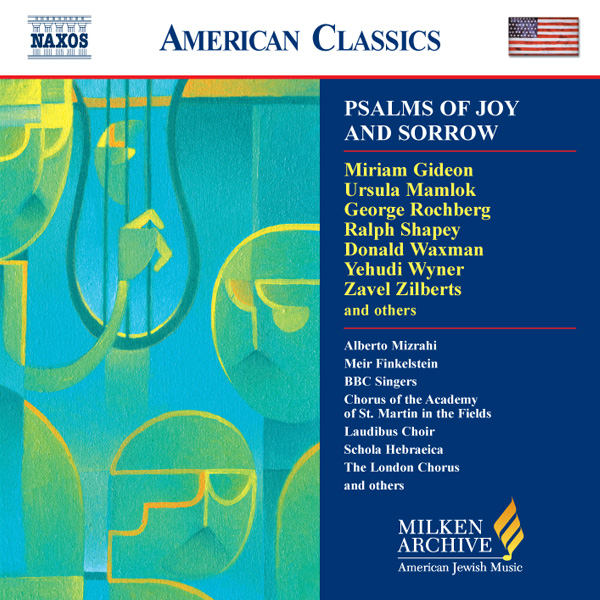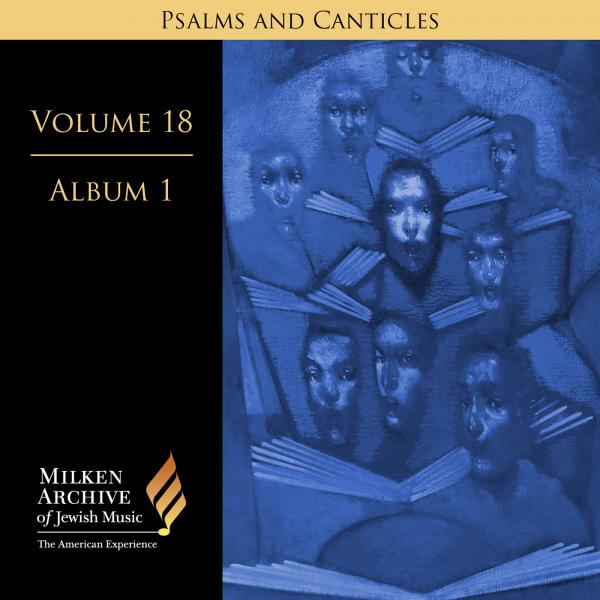
Philip Glass is most commonly and eponymously perceived as the avatar of what has come to be known—aptly or not—as “minimalism” in music. If that cliché is partly the result of overly simplistic categorization, or of a less than accurate historical association, both Glass and composer Steve Reich—although their achievements may not necessarily be related—are often recognized in popular assumption as the two most visible exponents of that cognominal minimalist school. The term, however, which Glass rejects as a general rule, was coined by Michael Nyman as a way of writing about (i.e., after the fact), not composing, music. It is rarely used by the composers to whom it is frequently applied. Glass has acknowledged—probably for want of any preferable nomenclature—that the term can provide a convenient descriptive tag for a particular artistic approach and type of music with certain distinctive features. Still, he underscores that it applies, at most, to his earlier work from the 1960s and 1970s.
However one labels Glass’s emblematic and easily recognizable style and overall sound—which has been much parroted, counterfeited, and even sonically satirized—his music found its principal resonance for a long time among pop and so-called crossover and fusion audiences, as well as among some new music aficionados. In recent years it has become increasingly familiar and attractive to elements among more conventional chamber music, symphony, and opera audiences. Yet to many listeners, when his works are considered in the aggregate, there are at the core some clearly discernible shared traits associated with the minimalist rubric. And to some ears, these traits connect his earlier pieces with his far more complex and expansive later ones.
One of the keys to appreciating Glass’s music, and that of those who have followed in his path, is the principle of continuous repetition—either of a simple motive or pattern, or of a single pitch (or dwelling on that pitch)—a practice anchored in many ancient cultures. “The short definition of minimalist music,” wrote Emily Pollard in her 2001 article “Philip Glass: Minimalist and So Much More,” is music that “combines repetition with such techniques as phasing, mass transposed layering, and mass accenting of isolated tunes.” These and other emblematic features—such as a continuous beat or pulse and an aura of austerity—can have a pervasive hypnotic effect. This is reminiscent not only of Eastern musics and meditative aesthetics and states, but also—if less directly and more translucently—of early psalmody and chant in the course of Western sacred music.
Glass was born in Baltimore, where he began playing the flute as a child. While studying mathematics and philosophy at the University of Chicago (an early entrant at the age of fourteen), he started composing seriously. He earned his master’s degree in composition from The Juilliard School and then studied in Paris with Nadia Boulanger. In Paris, he became fascinated with classical Indian music through his work with the famous Indian musician and sitar player Ravi Shankar, whose artistry was then becoming known internationally through concerts and recordings—especially in duo performances with one of the most celebrated American (and subsequently British) violinists of the century, Yehudi Menuhin. That experience—in tandem with travels on the Asian subcontinent and his even wider exposure to Indian, Tibetan, and other such non-Western traditional musics and religious philosophies—had a lasting effect on Glass’s work and on the way he thought about music henceforth, and he became a Tibetan Buddhist.
At the core of his new musical sensibility and technique were his experiments with incrementally additive rhythmic and pitch schemes. This type of additive progression was in itself perceived by some listeners as bespeaking a degree of Indian or Tibetan influence. Together with some of the repetitive and lean properties that are now generally understood as part of the minimalist sobriquet, it could produce an overall effect that spelled—as it could have been expected to do—sheer monotony to uninitiated audiences. But others found it not only refreshingly new, but also an intriguing reflective experience. “Almost anorexic music” was how one critic described it, allowing nonetheless that although it puzzled some, it also fascinated others. Another observer found “something haunting, even mystical sounding in Glass’s complex simplicity.” Eventually his music found a large following.
Deepened interest in Glass’s music among certain American audiences in the 1960s and 1970s may have been a function of their expanded awareness of Eastern and West Asian cultures. At least to some extent, those cultural and aesthetic discoveries owed their genesis to the explorations of the “counterculture” of that era—many of whose disaffected students and other young people turned to the East for spiritual inspiration, and some of whom were drawn to the pursuit of mind-altering or trancelike states and hypnotic experiences, including those induced by certain non-Western musics. Some degree of that ripple effect was inevitable, as that counterculture’s curiosity about Eastern aesthetics and sensibilities spilled over to broader segments of the public, including more mature generations. But it was Glass—and then Reich and their disciples—who, more than any other classically trained composers who preceded them, channeled those newly widened cultural vistas into music that, however strong its Eastern influences might have been, became an acknowledged part of 20th-century American (and thus Western) music. Yet Glass has been quoted as rejecting credit for having invented minimalism. “It was in the air,” he has observed, probably aptly, about that era. “It was bound to happen.”
Nor is the debt owed entirely to the East. Some influences are largely American, such as elements of post-1950s jazz and jazz fusions that assimilate African components, as well as popular phenomena such as Bob Dylan, with his use of drawn-out droning effects. Influences have also been discerned in native African percussion traditions and from Balinese gamelan music, in which repetition is mediated by timbral changes. And although they cannot be considered influences per se, there are analogous proclivities toward such repetition to be found in old non-Ashkenazi Judaic musical traditions—for example, Yemenite and other Near Eastern Jewish psalmody and biblical cantillation.
Despite his voluminous work in the late 1960s and early 1970s, much of it written for his own Philip Glass Ensemble, Glass’s quasi-operatic and innovative stage spectacle Einstein on the Beach (1976) is generally cited as his springboard to serious international attention. Widely regarded as a landmark in the emergence of a new, so-called postmodern musical theater, the work—which lasts more than five hours without intervals (the audience was invited to engage in ingress and egress at will during performances)—is built around a “text” consisting of numbers, solfège syllables, whispered effects, and some cryptic poems. Its success led to a commission for the choral opera Satyagraha (1980), to a libretto taken from the Indian philosophical and quasi-religious treatise the Bhagavad-Gita (represented as Gandhi’s guidebook), performed in its original Sanskrit.
A number of operas and other theater pieces followed, including Akhnatan (1984), The Juniper Tree (1985), and The Fall of the House of Usher (1988). The gargantuan Symphony no. 5 (1999) in twelve movements (for solo voices, mixed and children’s choirs, and large orchestra) uses texts drawn from what Glass describes as various “wisdom traditions.” Although repetition, continuously pulsating rhythms, and other parameters associated with the minimalist school have remained the hallmark of his style, Glass’s later music is also infused with larger and more expressive melodic constructs and effects, fuller harmonic language, and expanded instrumental colors.
By: Neil W. Levin

